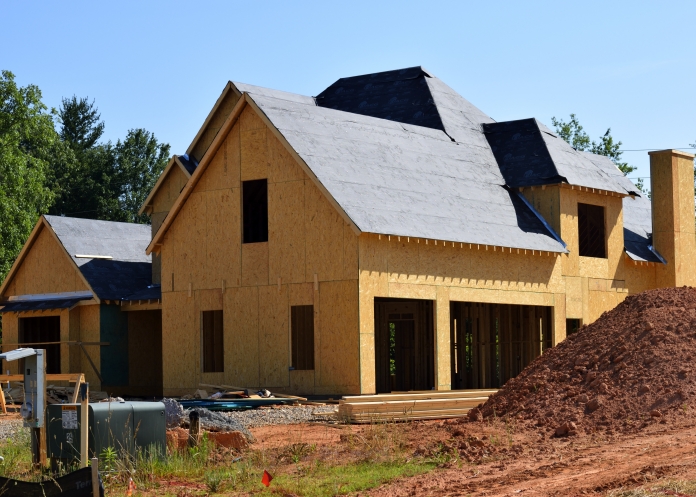A sustainable home has a minimal impact on the environment, from the beginning of the construction to the moment it’s inhabited. There are numerous considerations that need to be addressed even before the construction process that all add up to the final result – your sustainable home. Here are some of them.
The size
Before you move on any further with designing your future sustainable home, you should first consider its size. While almost everyone dreams of having a huge home, the fact is that smaller homes are far more sustainable and smart alternatives, like shipping container homes, are getting more popular. Simply put, a smaller home needs far fewer materials to be built and require lower energy use once it’s complete. Aside from that, the fewer the materials you need for the construction – the lower the price of the entire project.
Orientation
The orientation of your home is another important factor you’ll need to decide on before you begin with the construction. A well-oriented home can significantly reduce the need to heat it up and cool it down.
Those who live in a northern hemisphere can take full advantage of the sun if they position their homes properly. In this instance, living areas and windows oriented towards the South will bring the best results in terms of using the energy of the sun to your advantage.
Location
The location where you choose to build your home is also a very important key factor in determining its sustainability. In big developed cities, you should be looking for a piece of land in the suburbs.
The offers in these areas, fit in far better with the overall sustainable principles and they are highly attractive locations for building family homes. Not only more suited for raising children, but they are also much tamer than any downtown location. Aside from that, it`s a great financial investment opportunity, especially if you’re building a starter home. On the other hand, millennial homebuyers – a quite eco-minded type of buyers – have brought the idea of sustainable homes on a completely different level. That is especially shown in densely populated states, like NSW and a growing interest in project homes in Sydney amongst younger buyers.
You should also be looking at areas that are not sensitive or hazardous in any way and avoid sites where floods, landslides or any of that sort.
Layout
The layout is also very important when aiming at building a sustainable home from scratch. Here, it’s important to understand that going up is always a better idea than going out. It would be better to build a smaller base home a couple of stories high, than large single-story home. It would be much easier to warm it up, for example, as warm air tends to go up naturally.
Materials used
The internet is full of misconceptions of what sustainable really means. That’s why, for instance, you can often hear that bamboo is an excellent and sustainable building material. However, it’s always better to choose locally sourced, salvaged and recycled materials instead.
A bit more about the recycled materials
To show you just how far you can take the recycled materials game, we’ve decided to explore the matter a bit further. In construction, recycled steel, concrete, reclaimed brick, and wood are some of the materials most commonly used.
When it comes to interiors, there are numerous different types of insulants made of recycled materials. That, for instance, includes old paper and even denim. Recycled materials are even used in home decoration, like recycled glass countertops, reclaimed wood, and even recycled plastic.
Insulation
Finally, proper insulation is the thing that will either make or break your sustainable efforts. The greater the R-value of the insulant, the better your home will be at keeping the conditioned air indoors and the outdoor air where it belongs. You should also make sure you install energy-efficient windows and doors and seal off any potential air leaks. By doing this, not only that you won’t have to keep your HVAC system on for too long, but you might even reduce the need to turn it on in the first place.
To conclude, when building a sustainable home, make sure you pay attention to these tips to ensure that you’re moving in the right direction. Finally, the most sustainable thing you can do is build a home you’re absolutely going to adore from day one. That will reduce or even eliminate the need to do any other work on it down the road.

